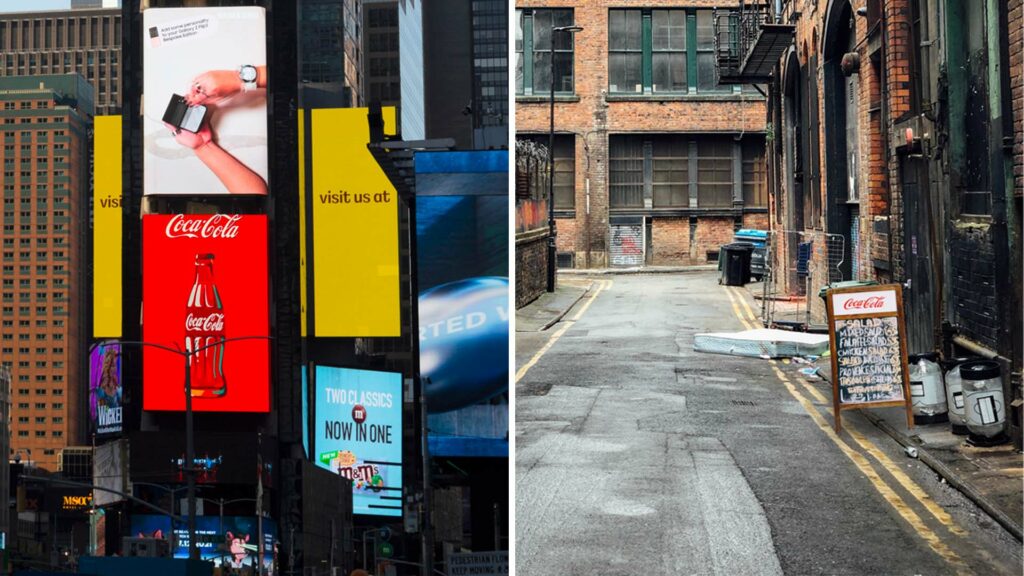Get Discovered: What Is SEO?
If you have ever built a website or been a member of a marketing team, you have probably heard people talk about the importance of SEO. What is it? SEO stands for Search Engine Optimization and is the process of formatting your website pages and content in ways that increase your likelihood of appearing in search results on search engines such as Google, and Bing.
Why Is SEO Important?
SEO makes all the difference between a high-traffic website that boosts your company’s sales and revenue and a site that sits in the dark corners of the web collecting dust and cobwebs. We have been on both sides of this situation, both launching our website, and pulling client websites out of the digital darkness of the second page of Google’s search results.

“The best place to hide a dead body is the second page of Google.”
How To Boost Your SEO
On a more uplifting note, you can take control of your SEO and make serious improvements to see extraordinary results if you commit to a consistent strategy consisting of any, or preferably all of the following items:
WordPress Plugins
All in One SEO
While there are alternatives to using All In One SEO, this is a powerful tool trusted by our team to boost not only our SEO, but also many of our clients’ as well! This plugin is for WordPress, which is our CMS of choice, but you can find alternatives for other platforms.
All In One SEO gives you a step-by-step process for each page on your site that allows you to set key words and phrases, and include meta descriptions, all of which are used by search engines to provide relevant results to a search query. When you save your changes, the plugin also calculates your SEO score so you know how it is likely to perform.
Organic SEO
Backlinks
This is the less-structured, yet equally important work that has to be done to boost your SEO, which involves connecting your social media to your website via backlinks. Backlinks simply drive traffic to your site from other sites. Your own social media profiles are an easy place to start—all of them should link to your website!
Backlinks can take on many forms, however. For example, sharing links to your site via social media posts on platforms like LinkedIn is a very effective way to increase traffic to your site. Backlinks can also be generated by encouraging your employees to include them on their LinkedIn accounts. Lastly, any time you have additional media, such as Youtube or Vimeo videos, include a link in the description back to your website.
Start A Blog or Newsfeed On Your Website
This takes work, but it pays off! Most of our website traffic comes from blog posts to our website that we share on LinkedIn. Creating engaging content that informs and entertains your followers is a great way to boost your site traffic, thus increasing your SEO.
Not only does every blog post or news article attach your company’s name to new topics and keywords, but each of these posts are shareable to your social media, generating more backlinks to direct traffic to your website! Repurposing these topics as posts for Instagram can also be highly beneficial as you can remind your followers to visit your site to “see the original article” or “learn more about this topic.”
Accessibility
Search engines often index your site—and this is a good thing if your site is ADA compliant and has an optimal performance rating. There are a few things you can do to improve your accessibility rating:
- Provide descriptive Alt-text for your images. Alt-text is simply a brief, concise description of an image. This is picked up by screen readers for visitors with visual impairments, and it also appears in place of the image if it doesn’t load.
- Choose contrasting colors. When in doubt, make your text black and the background white. This will assure you have a safe color boundary that can be seen by visitors with color-blindness. Failure to achieve color contrast boundaries of text and background elements may result in visitors being unable to read your content.
- Include an H1 heading on every page.
Monitoring
Lighthouse
Lighthouse is a tool found in Chrome’s web developer tools that analyzes your page and gives you scores for performance, accessibility, best practices, and SEO. It provides a breakdown of what might be hurting your score and how you can fix it. We use it all the time to make sure our site is in good shape!
See Your Results
Be Consistent, Persistent, and Patient
This process is not a light switch that is turned on and off. Think of SEO strategy as a diet; long-term changes yield long-term results, short-term changes yield short-term results—or worse, none at all. None of this has to happen overnight, and there is no quick fix. But getting started and continuously improving all, or even most of the elements above will certainly yield excellent results.